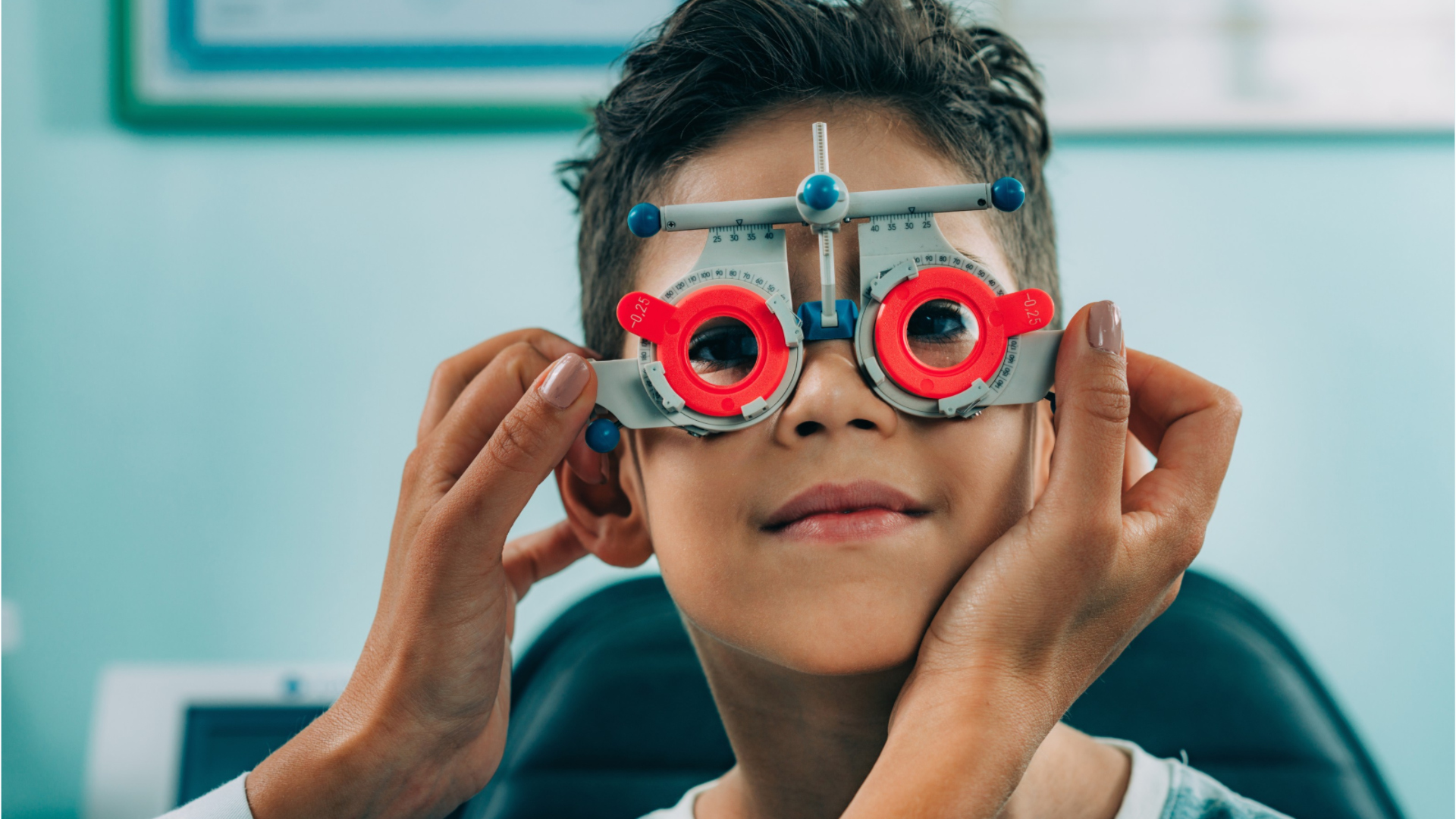Orthoptists
Certified Orthoptist, Clinical Orthoptist (CO), Orthoptist
 Select a military branch to see samples.
Select a military branch to see samples.
Ophthalmic; Ophthalmic Apprentice, Ophthalmology; Ophthalmic Craftsman, Ophthalmology; Ophthalmic Helper, Ophthalmology; Ophthalmic Journeyman, Ophthalmology; Ophthalmic Superintendent; Ophthalmologist, Cornea/External Disease; Ophthalmologist, Neuro-Ophthalmology; Ophthalmologist, Pathology; Ophthalmologist, Vitreous/Retina
Eye Specialist; Medical Service Corps Officer; Ophthalmologist; Optometry
No similar titles were found.
No similar titles were found.
Ophthalmologist; Optometrist
No similar titles were found.
What they do:
Diagnose and treat visual system disorders such as binocular vision and eye movement impairments.
On the job, you would:
- Examine patients with problems related to ocular motility, binocular vision, amblyopia, or strabismus.
- Evaluate, diagnose, or treat disorders of the visual system with an emphasis on binocular vision or abnormal eye movements.
- Provide instructions to patients or family members concerning diagnoses or treatment plans.
Knowledge
Arts and Humanities
- English language
Health
- medicine and dentistry
Business
- customer service
Education and Training
- teaching and course design
Skills
Basic Skills
- listening to others, not interrupting, and asking good questions
- thinking about the pros and cons of different ways to solve a problem
Problem Solving
- noticing a problem and figuring out the best way to solve it
People and Technology Systems
- thinking about the pros and cons of different options and picking the best one
- figuring out how a system should work and how changes in the future will affect it
Abilities
Verbal
- communicate by speaking
- communicate by writing
Ideas and Logic
- make general rules or come up with answers from lots of detailed information
- notice when problems happen
Visual Understanding
- quickly compare groups of letters, numbers, pictures, or other things
- see hidden patterns
Personality
People interested in this work like activities that include ideas, thinking, and figuring things out.
They do well at jobs that need:
- Empathy
- Cooperation
- Cautiousness
- Attention to Detail
- Dependability
- Intellectual Curiosity
Technology
You might use software like this on the job:
Spreadsheet software
- Microsoft Excel
Presentation software
- Microsoft PowerPoint
Medical software
- Computer Aided Vision Therapy CAVT
- Therapeutic orthoptic software
Education
Education: (rated 5 of 5)
certificate after college
usually needed
usually needed
Job Outlook
Below Average
New job opportunities are less likely in the future.
Explore More
- Emergency Medicine Physicians
- Neurologists
- Ophthalmologists
- Optometrists
- Physical Medicine & Rehabilitation Physicians
You might like a career in one of these industries:
See more details at O*NET OnLine about Orthoptists.





